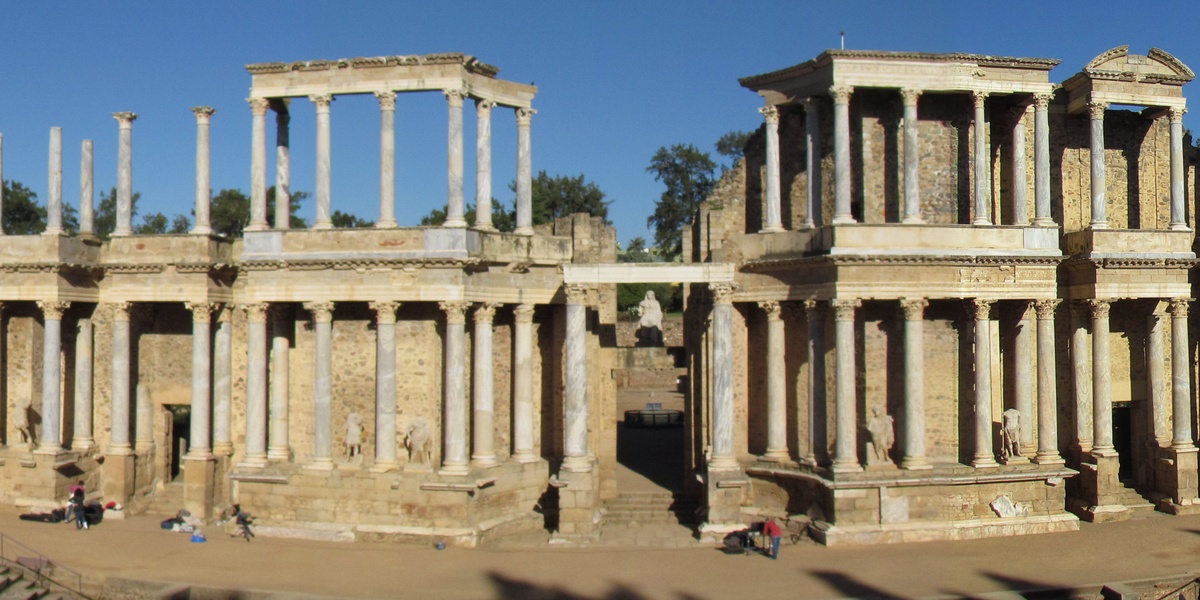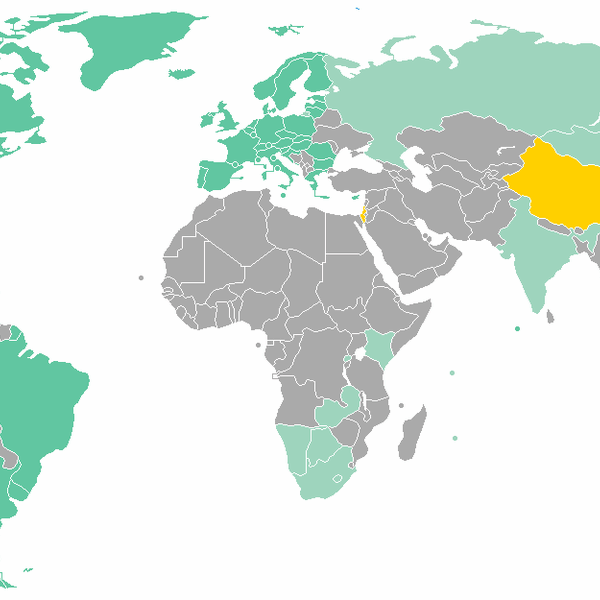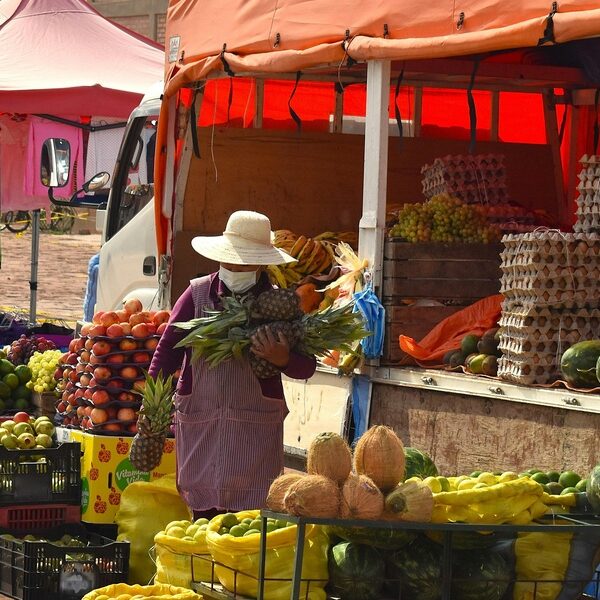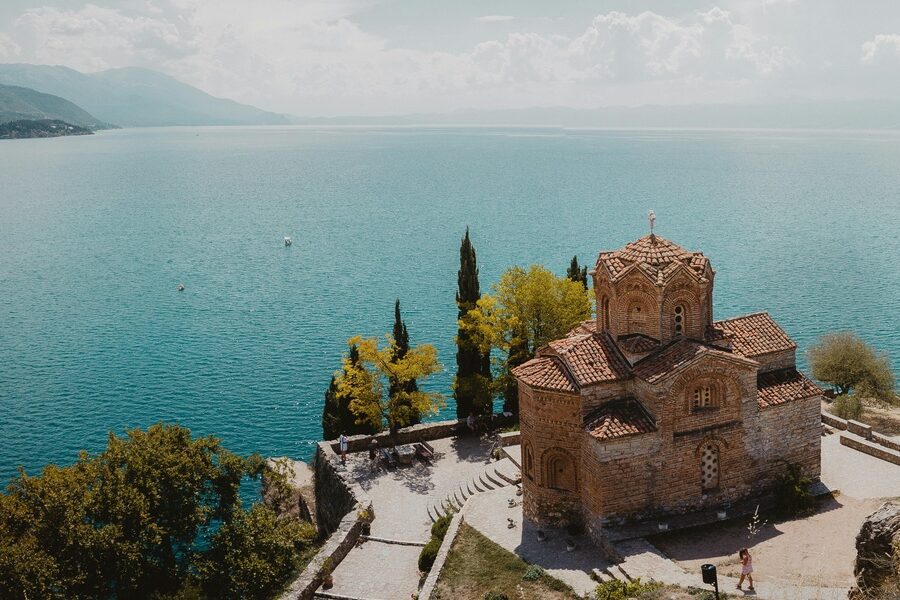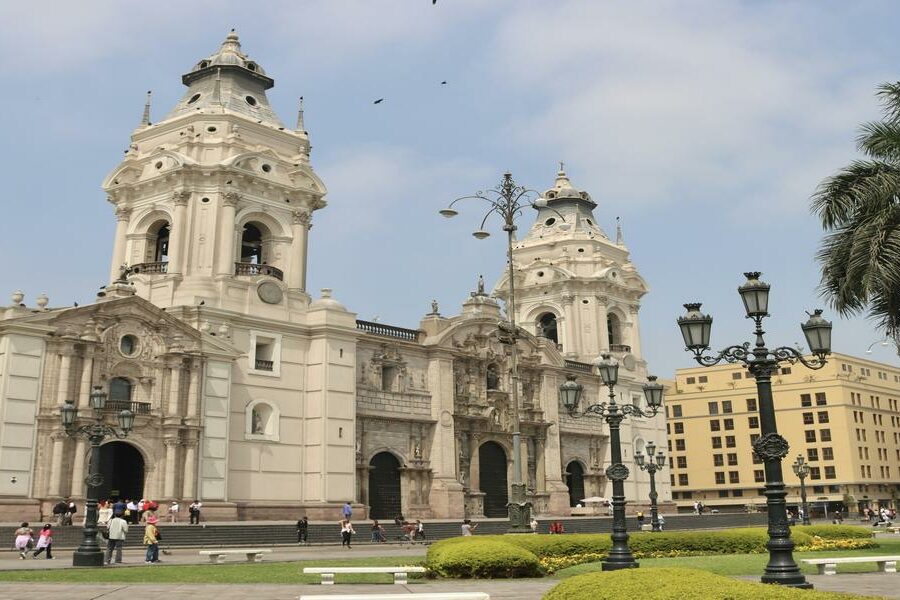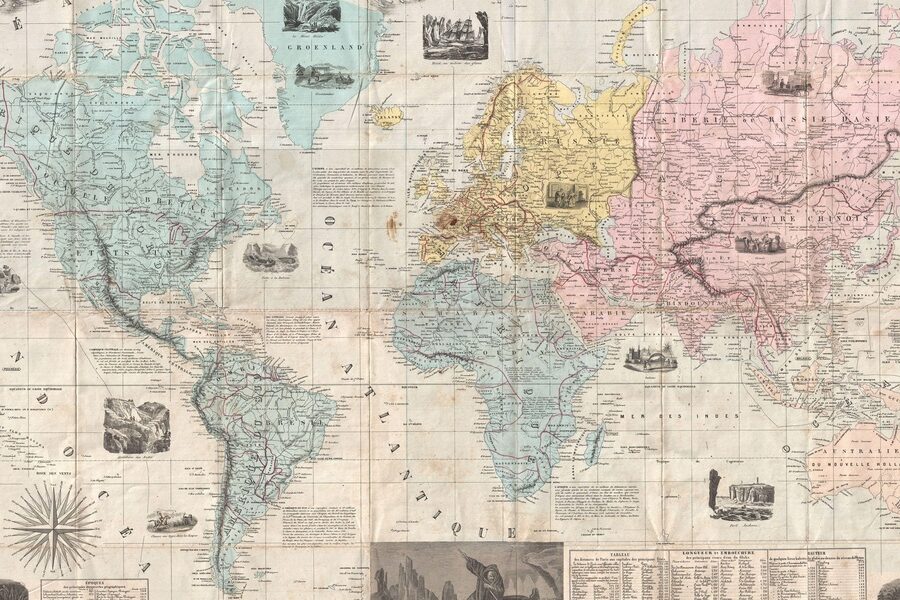Spain’s history is written into its landscapes — from coastlines and plains to mountain ridges — where abandoned settlements, fortifications and civic works reveal changing cultures and uses over millennia. Walking through these places connects you to everyday life in past eras and shows how communities adapted to climate, trade and conflict.
There are 30 Ruins in Spain, ranging from Acueducto de los Milagros to Torre d’en Galmés; the list is arranged with Location,Era,Access (condition) so you’ll find below.
Can I visit these ruins, and what should I expect about access?
Many sites are open to the public but conditions vary: some have marked paths and visitor information, others are remote with rough approaches or restricted entry for conservation. Check local tourist offices or municipal heritage sites for opening hours, guided visits and any permit requirements before you travel.
How reliable is the Location, Era and Access information?
The entries draw on official heritage registers and recent site reports, but access and preservation change over time; use the listed Location and Era as a starting point and confirm current Access (condition) with local sources or recent traveler reports to avoid surprises.
Ruins in Spain
| Name | Location | Era | Access (condition) |
|---|---|---|---|
| Medina Azahara | Córdoba, Andalusia | Moorish 10th c. | Public access via ticketed museum. Extensive, well-excavated ruins. |
| Mérida Roman Theatre and Amphitheatre | Mérida, Extremadura | Roman 1st c. BCE | Public, ticketed access. Remarkably well-preserved stage front. |
| Itálica | Santiponce, Andalusia | Roman 2nd c. CE | Public access, ticketed. Known for its huge amphitheater and mosaics. |
| Baelo Claudia | Tarifa, Andalusia | Roman 2nd c. BCE | Public access, ticketed. Exceptionally preserved ruins right on the beach. |
| Belchite (Old Town) | Belchite, Aragon | 20th c. (Spanish Civil War) | Access by guided tour only. Preserved as a memorial ghost town. |
| Monastery of San Pedro de Arlanza | Hortigüela, Castile and León | Romanesque 11th c. | Open public access, free. Roofless and romantic ruins. |
| Tarragona Roman Amphitheatre | Tarragona, Catalonia | Roman 2nd c. CE | Public access, ticketed. Stunning seaside location. |
| Segóbriga Archaeological Park | Saelices, Castilla-La Mancha | Roman 1st c. BCE | Public access, ticketed. A complete Roman city in a rural setting. |
| Empúries | L’Escala, Catalonia | Greek 6th c. BCE, Roman 1st c. BCE | Public access, ticketed. Greek and Roman ruins side-by-side. |
| Castro de Santa Trega | A Guarda, Galicia | Iron Age (1st c. BCE) | Public access, ticketed. Reconstructed huts among original foundations. |
| Numancia | Garray, Castile and León | Celtiberian 4th c. BCE, Roman | Public access, ticketed. Site of a legendary siege. |
| Alcazaba of Málaga | Málaga, Andalusia | Moorish 11th c. | Public access, ticketed. A mix of restored areas and ruins. |
| Clunia Sulpicia | Coruña del Conde, Castile and León | Roman 1st c. CE | Public access, ticketed. Features a theatre carved into rock. |
| Monastery of San Juan de Duero | Soria, Castile and León | Romanesque 12th c. | Public access, ticketed. Famous for its unique, roofless cloister. |
| Castillo de Gormaz | Gormaz, Castile and León | Moorish 10th c. | Free, open public access. Massive, sprawling fortress ruins. |
| Los Millares | Santa Fe de Mondújar, Andalusia | Copper Age (3,200 BCE) | Public access, ticketed. One of Europe’s most important Copper Age sites. |
| Corbera d’Ebre (Poble Vell) | Corbera d’Ebre, Catalonia | 20th c. (Spanish Civil War) | Free, open public access. A preserved ghost town on a hilltop. |
| Monastery of Santa María de Moreruela | Granja de Moreruela, Zamora | Cistercian 12th c. | Public access, ticketed (guided tours recommended). Grandiose church ruins. |
| Castillo de Montearagón | Quicena, Aragon | Romanesque 11th c. | Exterior access is free. Ruined castle-abbey on a strategic hill. |
| Acueducto de los Milagros | Mérida, Extremadura | Roman 1st c. CE | Free, open public access. Picturesque and monumental aqueduct ruins. |
| Monastery of Santa María de Rioseco | Valle de Manzanedo, Castile and León | Cistercian 13th c. | Free access (donations welcome). Maintained by volunteers. |
| Castillo de Trevejo | Trevejo, Extremadura | Moorish/Medieval 12th c. | Free, open access. Dramatic castle ruin in a tiny, preserved village. |
| Caparra Roman City | Oliva de Plasencia, Extremadura | Roman 1st c. CE | Free, open access with interpretation center. Known for its four-sided arch. |
| Castillo de Davalillo | San Asensio, La Rioja | Medieval 13th c. | Free, open external access. Classic hilltop castle ruin. |
| Recopolis | Zorita de los Canes, Guadalajara | Visigothic 6th c. | Public access, ticketed. One of the few Visigothic city ruins in Europe. |
| Torre d’en Galmés | Alaior, Menorca | Talaiotic (1,400 BCE) | Public access, ticketed. Largest prehistoric settlement in the Balearics. |
| Castillo de Montsoriu | Arbúcies, Catalonia | Gothic 14th c. | Guided tour access, ticketed. A major Gothic castle ruin. |
| Castillo de La Iruela | La Iruela, Andalusia | Moorish/Medieval | Public access, ticketed. Dramatic castle ruin on a rock pinnacle. |
| Castillo de Almonacid | Almonacid de Toledo, Toledo | Moorish 9th c. | Free, open access. Imposing hilltop fortress ruin. |
| Juliobriga Roman City | Retortillo, Cantabria | Roman 1st c. BCE | Public access, ticketed. The most important Roman city in Cantabria. |
Images and Descriptions
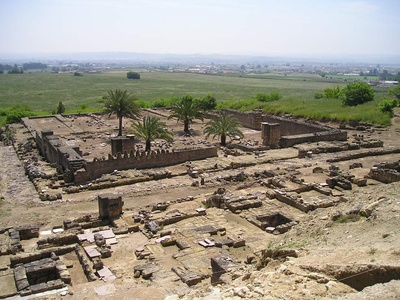
Medina Azahara
The vast, ruined palace-city of the Caliph of Córdoba. Once a glittering capital, it was destroyed after only 70 years. Explore its grand halls and imagine the splendor of Al-Andalus.
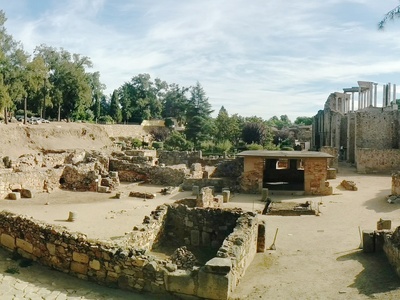
Mérida Roman Theatre and Amphitheatre
One of Spain’s most magnificent Roman sites. The theatre’s stunning stage wall still stands, and the adjacent amphitheater once held gladiatorial contests. It’s a UNESCO World Heritage site.
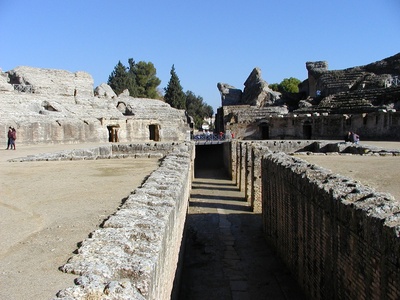
Itálica
The birthplace of Roman emperors Trajan and Hadrian. Wander its stone-paved streets, admire stunning floor mosaics in ruined villas, and stand in awe of the massive amphitheater that held 25,000 spectators.
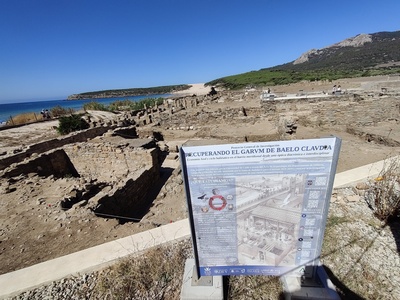
Baelo Claudia
A remarkably complete Roman town on a beautiful sandy beach. Famous for its fish-salting factories, you can walk through its basilica, forum, and theatre with views of the Strait of Gibraltar.
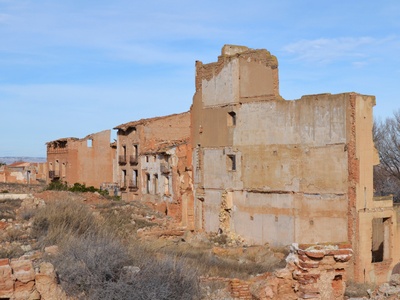
Belchite (Old Town)
The entire old town was destroyed during a brutal 1937 battle. Left as a haunting memorial, its skeletal churches and bullet-scarred houses offer a powerful glimpse into modern conflict.
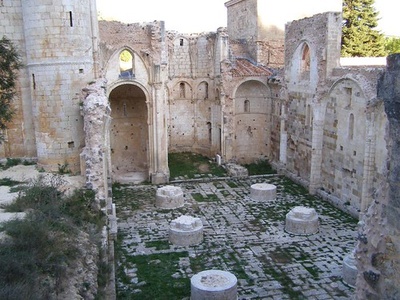
Monastery of San Pedro de Arlanza
Known as the “cradle of Castile,” these are the ruins of a once-powerful Benedictine monastery. Its massive, roofless church walls and crumbling cloister stand dramatically in a quiet river valley.
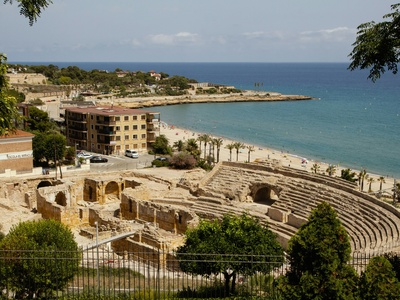
Tarragona Roman Amphitheatre
Carved into a hillside overlooking the Mediterranean, this amphitheater hosted gladiatorial games and public executions. You can also see the remains of a Visigothic basilica built in the arena floor.
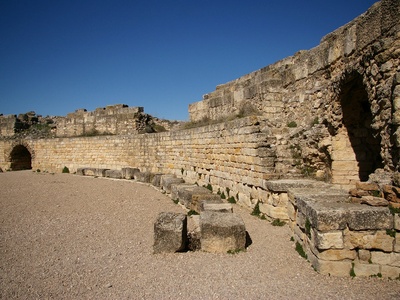
Segóbriga Archaeological Park
Once a thriving mining and administrative center, Segóbriga’s ruins include a theatre, amphitheater, forum, and baths. Its isolated location gives a true sense of walking through an ancient city.
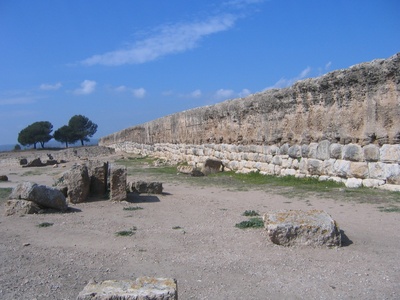
Empúries
A unique site where you can explore the remains of a Greek colonial town and a larger Roman city. Located on the beautiful Costa Brava, it offers history with a stunning sea view.
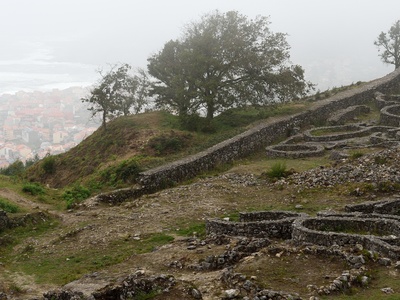
Castro de Santa Trega
An impressive pre-Roman fortified settlement (castro) with hundreds of circular stone dwelling foundations. It offers breathtaking panoramic views of the Miño River meeting the Atlantic Ocean.
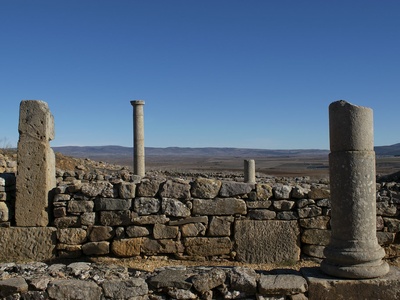
Numancia
Famous for its heroic resistance against Rome, Numancia is a Celtiberian settlement later Romanized. Explore the foundations of its houses and streets, a symbol of tenacity and pride.
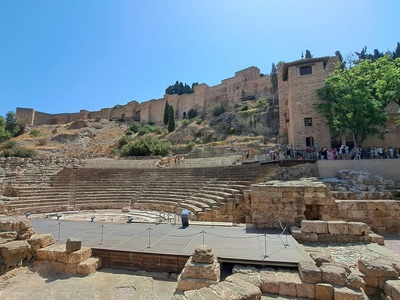
Alcazaba of Málaga
This palatial Moorish fortress overlooks the city and sea. While parts are restored, many areas remain in a ruined state, connecting to the Gibralfaro castle above and a Roman theatre below.
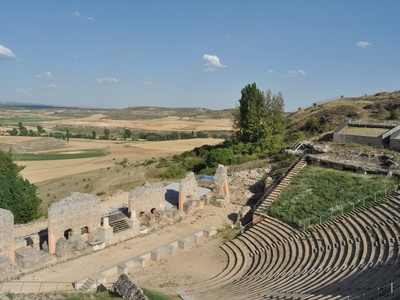
Clunia Sulpicia
One of Roman Spain’s most important cities, its most impressive ruin is the theatre, which was carved directly into a rocky hill. The site also contains remains of the forum and Roman homes.
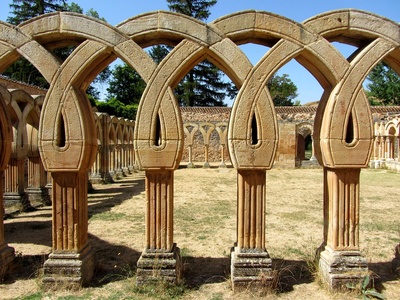
Monastery of San Juan de Duero
Located on the banks of the Duero river, this former monastery is renowned for its beautiful, open-air cloister. Its arches showcase a stunning mix of Christian, Muslim, and Jewish architectural styles.
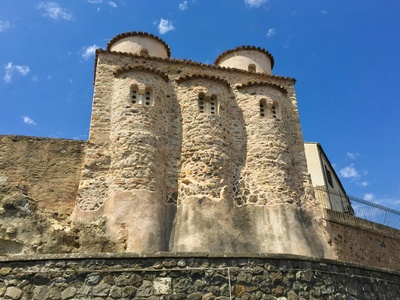
Castillo de Gormaz
Once the largest fortress in Europe, this colossal Caliphal-era castle stretches across a long ridge. Walk its imposing walls for incredible views and a sense of its immense strategic importance.
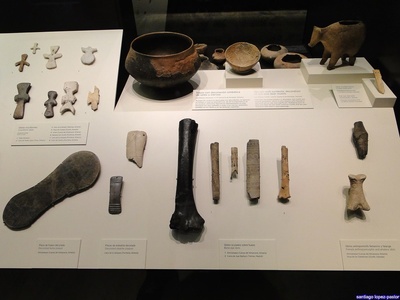
Los Millares
This prehistoric fortified settlement features defensive walls, circular huts, and a large necropolis of passage graves. It offers a fascinating window into society from over 5,000 years ago.
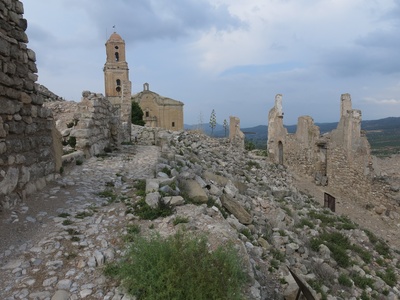
Corbera d’Ebre (Poble Vell)
Like Belchite, this town was destroyed during the Battle of the Ebro in 1938. The ruins of the church and houses have been left as an open-air monument to peace, overlooking the valley.
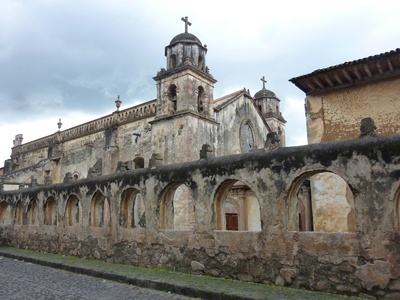
Monastery of Santa María de Moreruela
The first Cistercian monastery built in Spain. The highlight is the ruin of its monumental church, with soaring walls and a magnificent, architecturally complex apse that remains open to the sky.
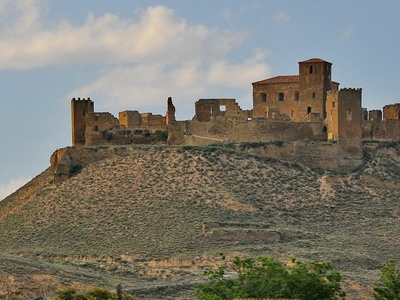
Castillo de Montearagón
Founded as a royal castle and Augustinian abbey, this fortress played a key role in the Reconquista. Its imposing ruins dominate the landscape, offering panoramic views towards Huesca.
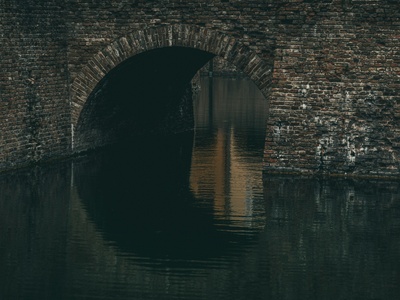
Acueducto de los Milagros
Part of Mérida’s water supply system, this “Miraculous Aqueduct” is famed for its elegant, towering arches of granite and brick. It stands in a park, creating a stunning and photogenic scene.
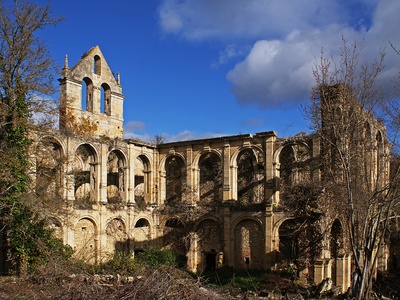
Monastery of Santa María de Rioseco
A stunning “jungle monastery,” where nature is reclaiming the Gothic and Baroque ruins. Volunteers are working to save the structure, creating a magical space where history and nature entwine.
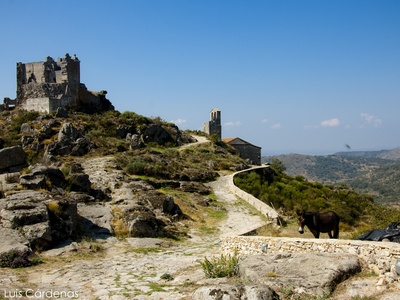
Castillo de Trevejo
Perched on a granite outcrop, this castle ruin and its adjacent cemetery offer breathtaking views. The tiny, stone-built village of Trevejo below is one of Spain’s most picturesque spots.
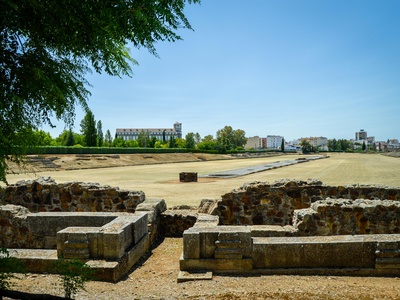
Caparra Roman City
An ancient Roman city on the Vía de la Plata. Its most iconic ruin is the unique four-sided arch, the Quadrifrons, which marked the city center. Excavated roads, homes, and baths surround it.
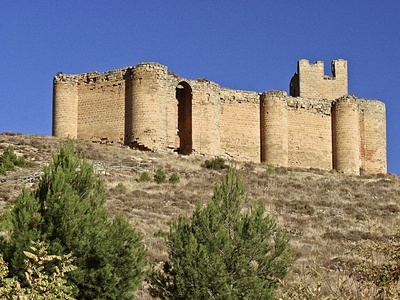
Castillo de Davalillo
This ruined castle stands sentinel on a hill overlooking the Ebro River and the vineyards of La Rioja. Its empty shell and strategic position make it a perfect example of a medieval border fortress.
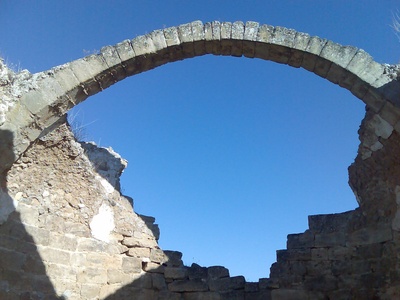
Recopolis
Founded by King Leovigild, this is a rare example of a new city from the Visigothic period. The archaeological park reveals the layout of its palace, church, and streets.
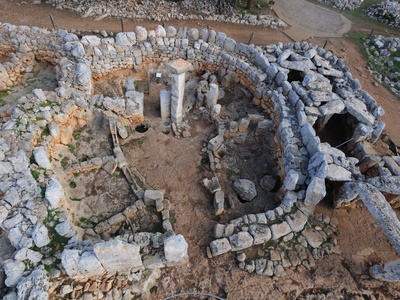
Torre d’en Galmés
Explore the fascinating ruins of a large prehistoric village. See its “taulas” (T-shaped stone monuments), “talaiots” (watchtowers), and circular houses, offering a glimpse into ancient island life.
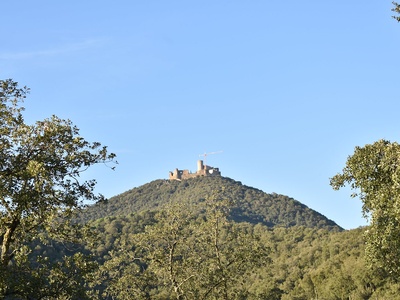
Castillo de Montsoriu
Considered one of Catalonia’s greatest Gothic castles, Montsoriu sits atop a steep hill. While partially restored, it retains a powerful ruinous character with impressive walls, towers, and courtyards to explore.
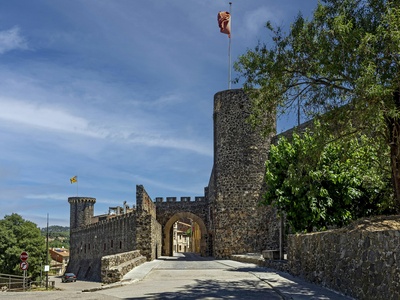
Castillo de La Iruela
This Templar castle seems to grow out of the sheer rock it’s built on. It features a striking, empty-shelled keep and a ruined church, all set within the stunning Sierras de Cazorla Natural Park.
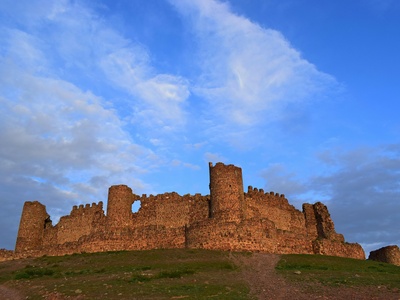
Castillo de Almonacid
This rugged, imposing fortress ruin dominates the plains of La Mancha. Made famous by the story of El Cid, visitors can hike up to explore its powerful outer walls and crumbling inner keep.
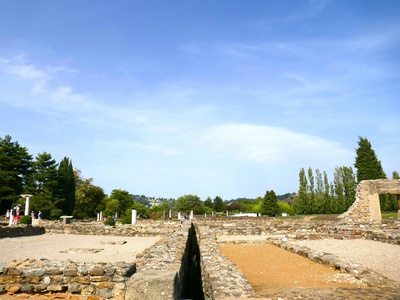
Juliobriga Roman City
Founded to control local tribes, the ruins of Juliobriga sit on a hill with beautiful views. Explore the remains of the forum, temple, and various Roman houses with preserved foundation walls.

